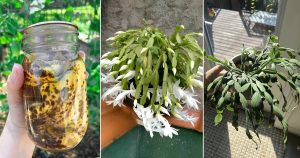Sansevieria not growing fast enough for your liking? Here are the steps to get your snake plant to grow wild.
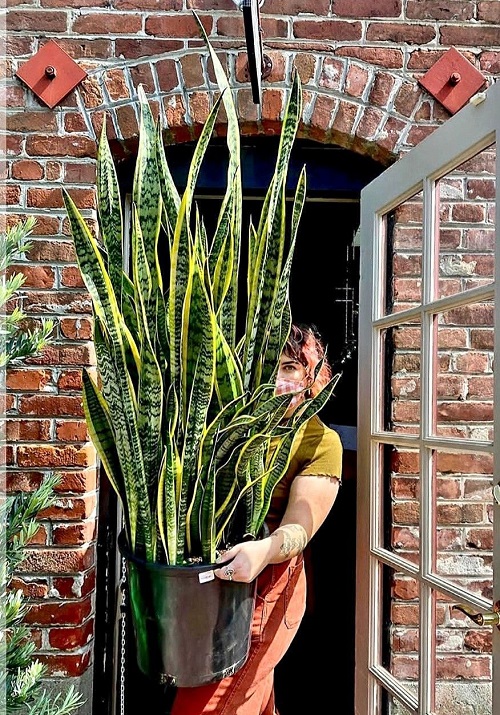
Watching your snake plant grow tall, bushy, and bold is such a treat. But sometimes, no matter what you do, it just sits there—stuck at the same height. If that sounds familiar, don’t worry. Here are all the tricks to get your snake plant growing wild and thriving.
How To Get Your Snake Plant Grow Wild
1. Bright Windows For the Win!
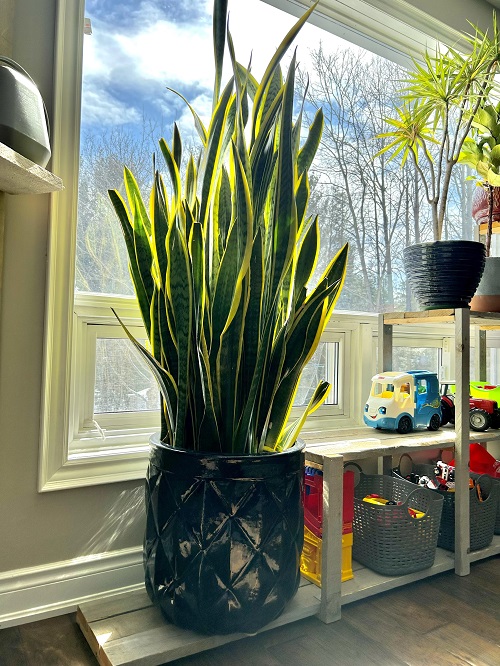
Your snake plant might tolerate low light, but it won’t thrive in it. If you want faster growth, place it near a bright window with indirect sunlight for 6–8 hours daily. That’s the sweet spot—not too harsh, not too dim.
If natural light isn’t an option, consider using a grow light, especially in winter months. Even a basic LED grow bulb can make a big difference in your plant’s overall growth.
2. Keep the Extra Care Low

It sounds odd, but your snake plant actually likes a little neglect. Too much love—especially overwatering—can hold it back. Let the top few inches of soil dry out before watering again. Do a quick finger test and skip the watering can if the soil still feels damp.
And here’s a tip—don’t mist the leaves. Snake plants come from dry regions and prefer a warm, dry environment over humidity.
3. Make Sure the Roots are Happy
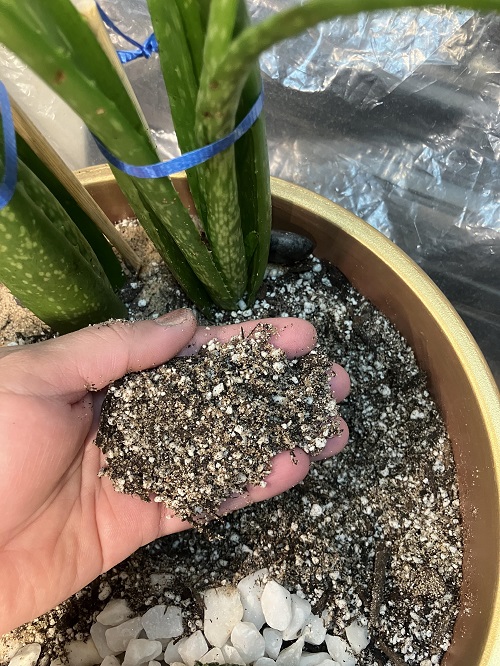
Your plant’s roots need space to breathe. You can use a well-draining mix—think one part potting soil, one part perlite, and one part sand. This keeps water from pooling around the roots, which are pretty small to begin with.
Also, check the pot. If it doesn’t have drainage holes, swap it or double-pot it—one plain pot inside a pretty one. A stylish container with no drainage is just asking for root rot.
4. Divide Your Snake Plant
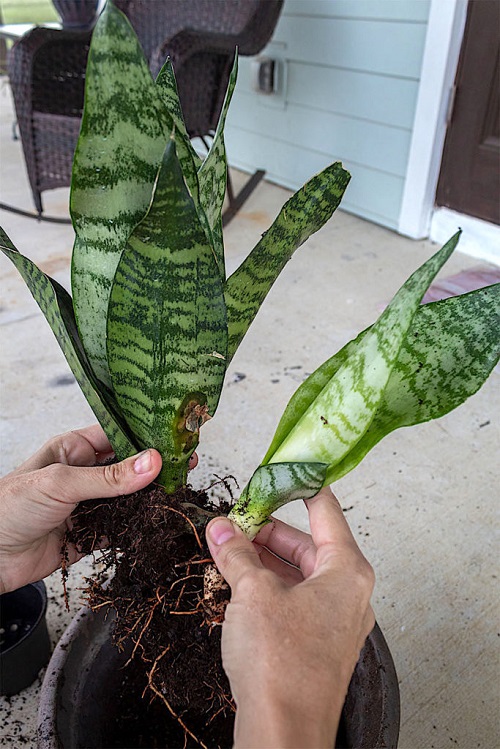
If you want a fuller plant without buying new ones. Just divide your snake plant or root a few cuttings from pruned leaves. Both ways work, but divisions grow faster since they already have roots.
You can start leaf cuttings in water to track root growth, then move them to soil. And when placing them back with the mother plant, use a wide, shallow pot so everyone has space.
Pro tip: Always use clean tools when cutting. It keeps infections at bay and helps the plant heal faster.
5. Give it Space!
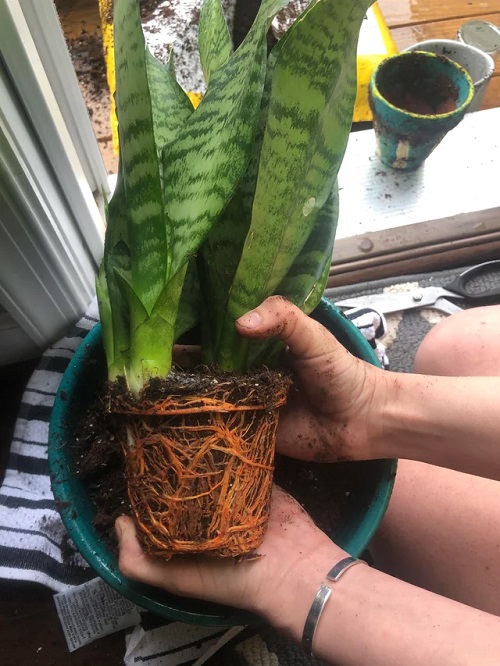
If your snake plant hasn’t been repotted in years, chances are it’s cramped. While being a bit rootbound isn’t always bad, too much of it can stall growth.
Repot into a container just an inch or two wider than the current one. Terracotta pots are great—they soak up extra moisture and prevent rot.
Pro tip: Plant it at the same depth as before. And if it’s leaning, now’s your chance to set it straight!
Bonus Tip: Don’t Forget to Feed It
Snake plants don’t need much fertilizer, but giving them a gentle boost during the growing season (spring and summer) can really help them go wild. You can use a diluted succulent fertilizer once a month for that extra push. Avoid fertilizing in winter when growth naturally slows down.
If you follow the steps given above, we are sure that you will have your snake plant growing wild in no time at all! Try them out and let us know your experience in the comments below!



